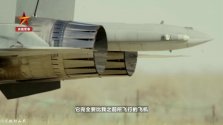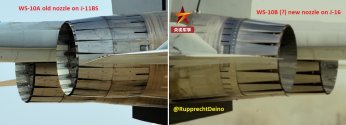D
Deleted member 15949
Guest
I feel like if the issue is using research as a proxy of broader development, then if the coating and cooling research is fairly advanced, that should indicate the rest of the development is fairly advanced, no?Not really cross applicable though. One is going for creep strength under high temps, while the other is going for light weight and impact strength. They are using carbon fibres nowadays instead of titanium alloys for the fan blades, with maybe titanium alloy at the leading edge to help with impact resistance, while for the turbine we are still on the nickel super alloys. Sorry the fan material isn't my field since i have only been playing with GTs, but they are in completely different fields to the turbines.


